Planning A Backyard Chicken Coop
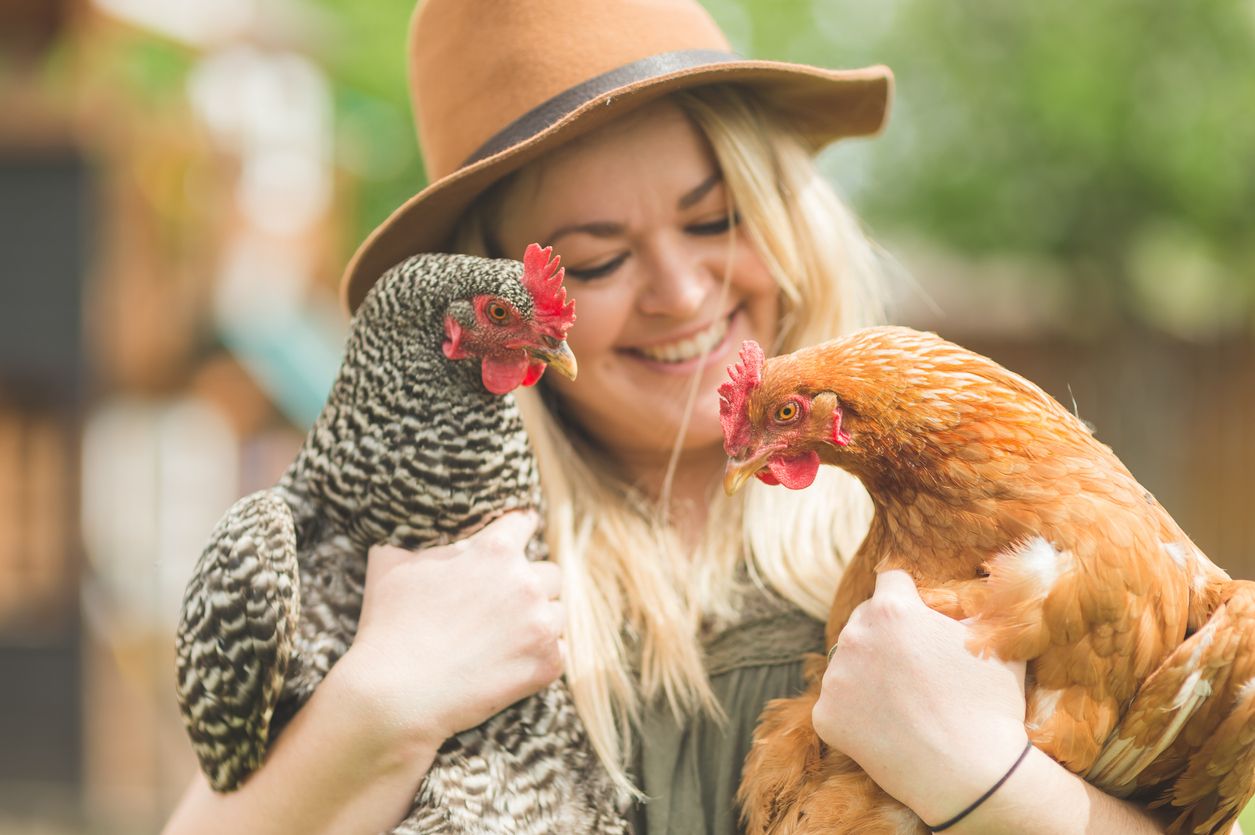
Backyard chickens can be a source of joy, not to mention fresh, glorious, golden-yolked eggs. It’s fair to say that eggs collected straight from your very own chooks are guaranteed to taste better than their supermarket counterparts for a whole bunch of reasons.
Along with keeping your own veggie plot, having a few chooks roaming your backyard is a fundamental ingredient in a more sustainable lifestyle. Your chooks will provide you with a constant supply of that golden-yolked goodness we’ve already mentioned, hours of clucky entertainment (for you, not just the kids), and of course, precious fertiliser for your garden.
Before you rush out and buy some baby chicks or ‘point-of-lay’ hens, make sure you ask your local council how many chickens you’re allowed to keep and obtain any necessary permits. The number you can have may vary depending on the size of your block and the zoning of your property (i.e., residential, rural residential, etc).
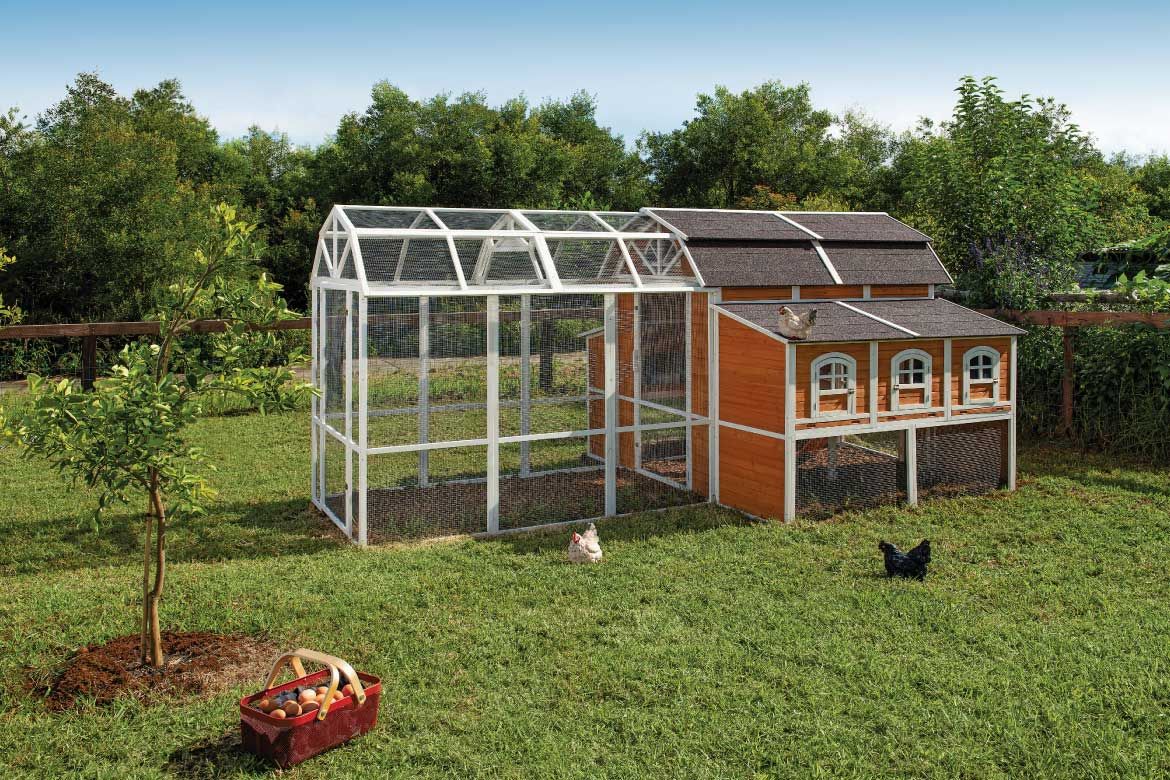
The chicken Taj Mahal at Endeavour Foundation’s 70th Anniversary Prize Home
When you’re ready to welcome your own flock, you’re going to need a coop. And whether you’re planning on buying a pre-made chicken coop, knocking together a simple DIY chook house, or building your very own chicken Taj Mahal (like the one at our 70th Anniversary Prize Home), there are a few fundamental things your chicken coop will need if you are going to have a happy, healthy flock:
Backyard Chicken Coop Essentials
1. Nesting boxes
Every chicken coop needs a place for your hens to nestle into and lay those eggs. These could be elevated boxes built into your coop design or even simply a row of plastic tubs on the ground. For easy egg collection, you can opt for nesting boxes to be accessed via a flap from the outside of the coop.
Chicken nesting boxes will need to be lined with something like straw, sugarcane mulch or pine shavings to make them more nest-like and a bit cosier for your girls. Another great nesting material is hemp bedding – a natural pest repellant and longer lasting than some of the other options.
Some extra touches you can add to your nesting boxes that your pampered chooks might really appreciate include:
- lavender (a natural stress relief for hens that might be a little highly strung, just like us humans),
- lemon balm (which is a known antibacterial and rodent repellant)
- diatomaceous earth – made from a soft, naturally occurring sedimentary rock, this fine powder can be sprinkled in your nesting boxes and over the floor of your coop to help prevent lice and mites.
2. Perches
Chickens prefer to perch when they sleep at night. Having perches inside your coop will encourage chickens to come inside to sleep. It will also spare your nesting boxes from becoming perches which will keep them cleaner and free of chook poo. If space allows, simply install some dowel rods (old broom or rake handles will do) at varying heights in your coop and your chickens will choose their perch.
3. Protection from The Elements
Make sure your coop has a roof and some side walls as well as mesh so that your birds are protected from the elements. They will feel much safer and happier if they can tuck themselves into a corner, and happy chickens equals more eggs.
4. Protection from Predators And Pests
The kind of slippery predators we’re talking about are snakes and foxes. It’s important your coop is well sealed and secure with no big holes to allow any hungry visitors in. This will also help to keep rodents and even other birds out of your chook feed.
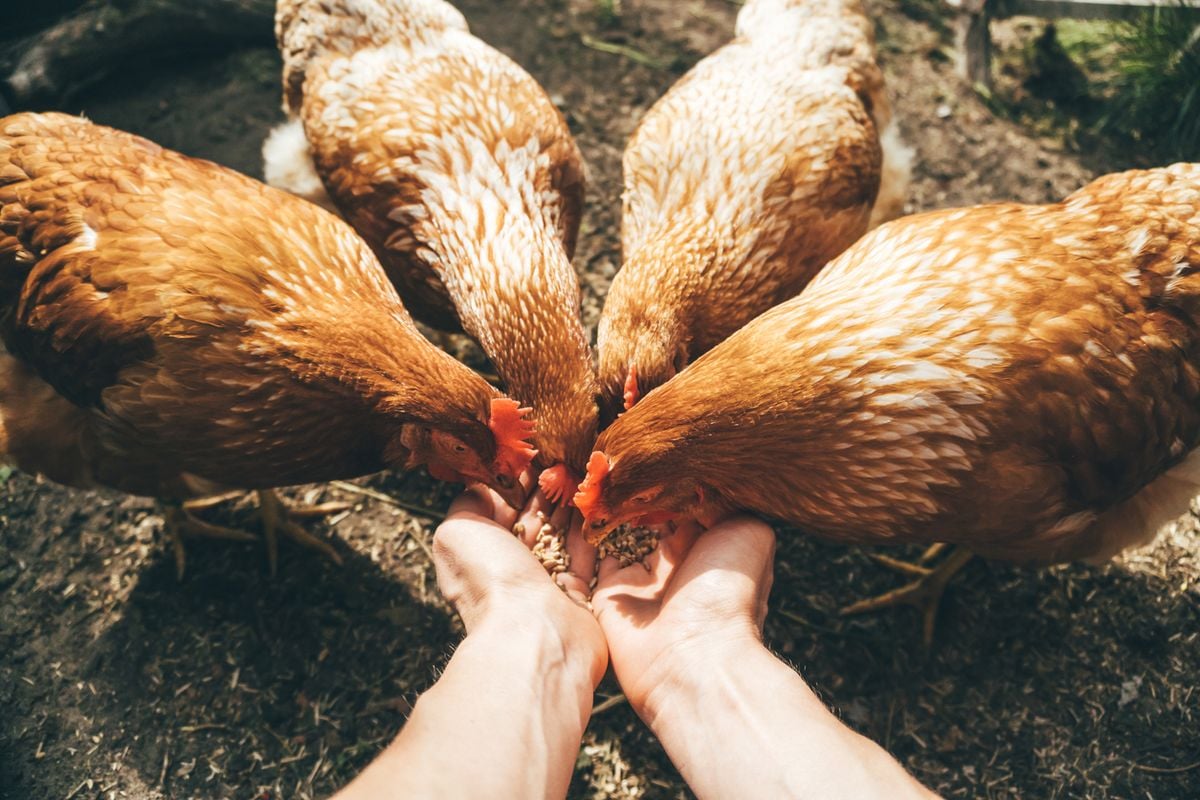
Choose quality feed to keep your chickens healthy and happy.
5. Food and Water
To keep your chickens happy and healthy, it’s important to feed your chickens a varied diet and choose quality chicken feed that includes all of the essential nutrients. Talk to your local produce store for advice on the best options.
Your chickens’ diet might include:
- Chook pellets
Your choice of pellets will depend on the age of your chickens. For baby chicks, you would kick off with a starter chicken feed, then move onto a grower feed for chicks between 6 and 20 weeks of age, and finally introduce layer chicken feed when your ladies are ready to get to work. Layer feed offers the perfect balance of protein, calcium, vitamins and minerals to keep your chooks in tip top laying shape. - Chicken scratch
This grain mix, typically made of corn kernels and a mixture of whole and cracked grains, makes a great treat for your chooks and encourages natural foraging behaviour. - Shell grit
An essential addition to your chicken’s diet, shell grit provides a valuable source of calcium and which will help your brood produce eggs with strong and sturdy shells. - Fresh scraps
Chickens love people food. Some of their favourites include leafy greens and other veggie scraps and stale bread. And if you haven’t seen chickens fight over bacon rind, you haven’t lived. Supplementing your chicken’s diet with fresh, ideally organic kitchen scraps will add wonderful nutrients to your egg bounty. It’s the wonderful circle of life.
You can buy purpose-built chicken feeders and water dispensers from your local produce store to
ensure your chooks have a constant supply while avoiding tip-overs and accidents.
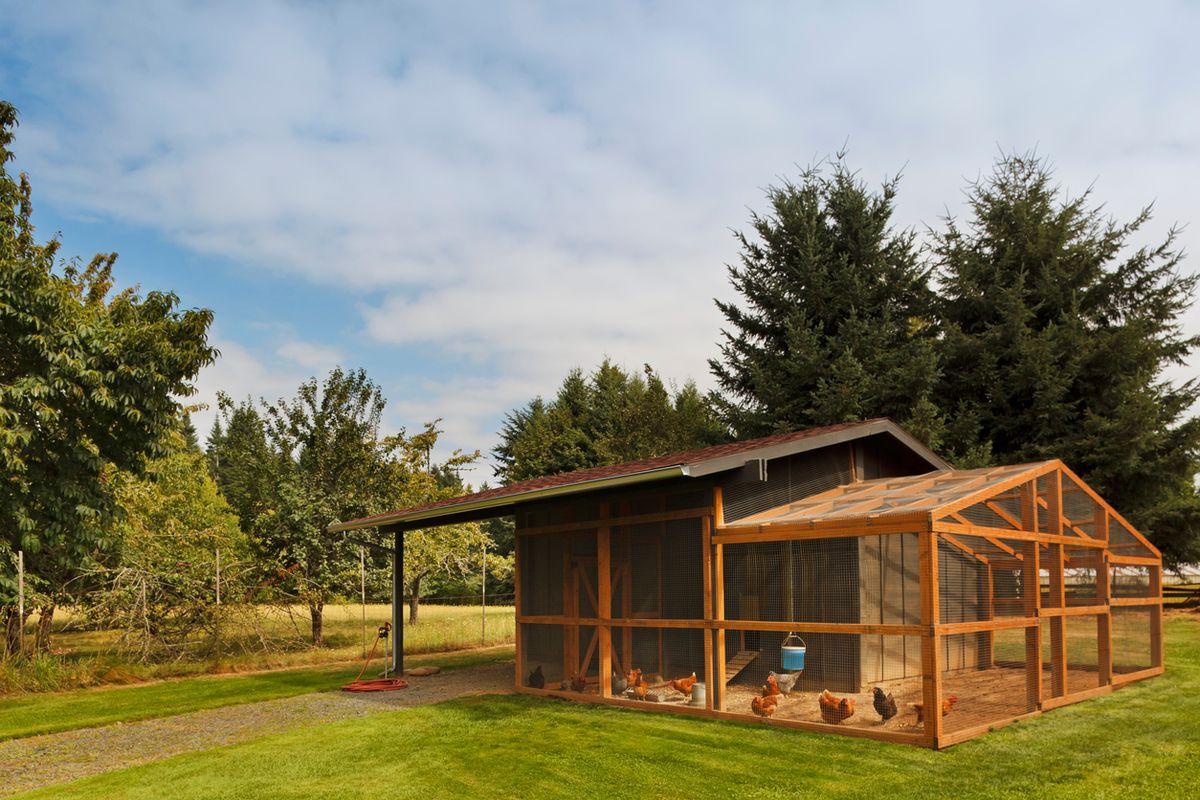
Knock one of these up in a weekend
Ideas for Chicken Coops
Just like the houses we build for us humans, the humble chook house can take on almost any shape or size. Although humble isn’t the word you’d use to describe some of the more elaborate creations you’ll find on Pinterest.
If you are planning on building a DIY chicken coop yourself, start by doing some online exploration for a bit of inspiration before you get your tools out. There are lots of plans for chicken coops online which you can use as is or modify to suit your needs.
Or, if you’re looking for something quick and easy, you can always opt for a kit form Bunnings chicken coop. Another option is checking out your local ‘Buy, Swap, Sell’ Facebook pages for someone who might be giving away their coop – you just never know your luck.
To help you decide on the right option for your place, let’s look at the three basic types you can consider, each with their own pros and cons:
1. Stationary coops
This type of coop is constructed in a particular spot and is intended to stay there for good. The advantage of this type of coop is that you can build it strong to last and it can be made a bit roomier than the more portable options. Another advantage is that you can build in added security such as footings below the surface and buried mesh to help keep Fantastic Mr Fox from finding a crafty way inside.
This is also a great opportunity to get creative and design a chicken coop that matches your vision. Maybe it’s a mini version of your home, or a rustic masterpiece made of salvaged materials. The options are almost endless.
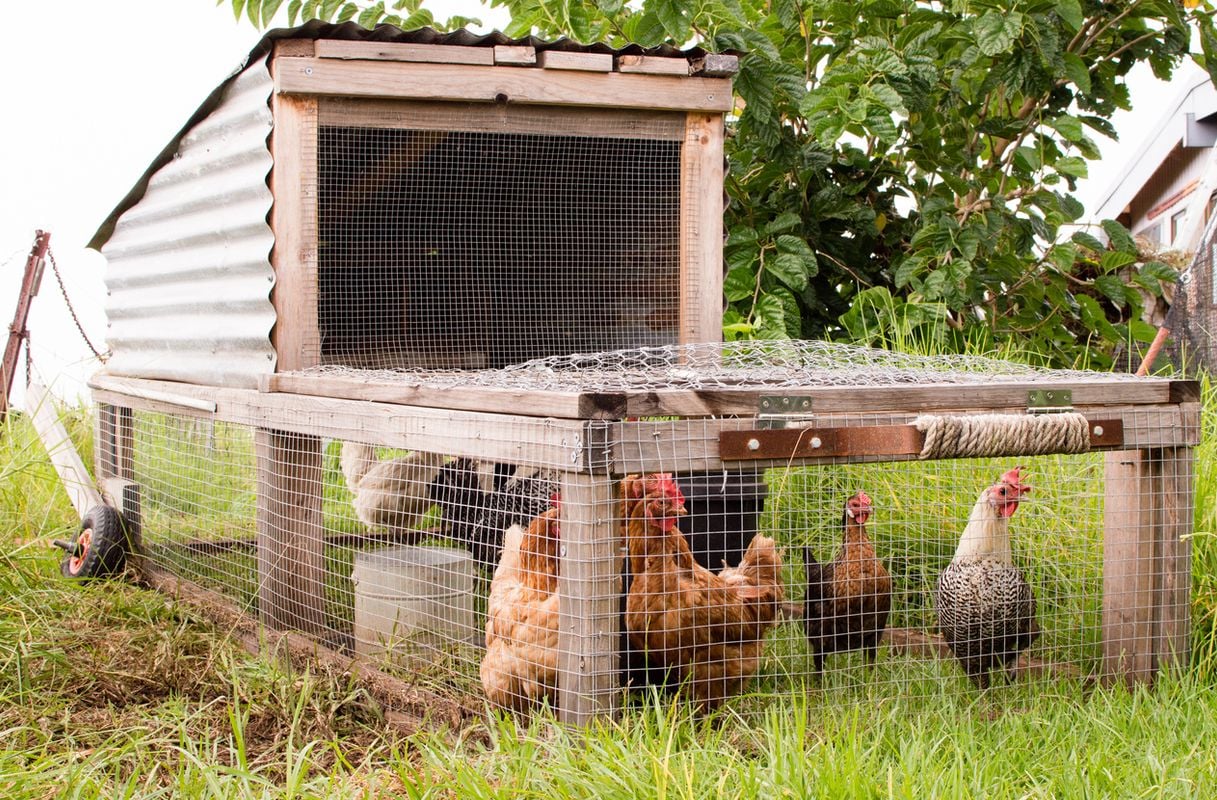
A homemade chicken tractor could be just the ticket
2. Chicken tractor
Perfect for small flocks, these coops are designed to be moved around your yard so that your chickens can enjoy fresh a fresh patch of grass to scratch in every few days. This also means that your grass will also get a break every few days when they move on so it won’t get scratched to pieces.
This type of chicken house is usually reasonably light and will have a set of wheels at one end so it is easy to move.
They also make a fairly easy DIY project as they are one of the simplest types of coop to knock together and only require a limited amount of materials. Given their portability, they are also one of the easiest types of chook house to pick up (literally) second hand so keep your eye on Gumtree or marketplace when you’re ready to buy.
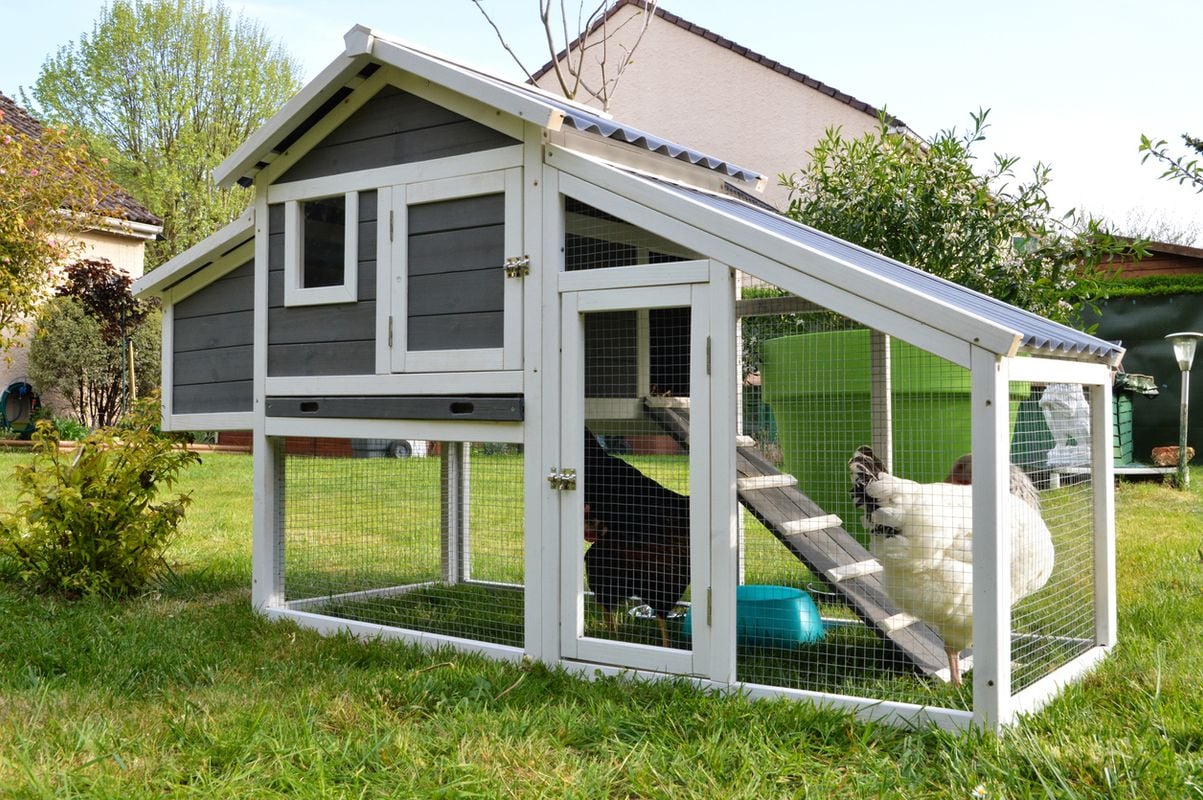
Semi-permanent coops can be moved if you need to move your flock on to greener pastures
3. Semi-permanent coop
These coops are generally designed to stay in place but because they’re not cemented into the ground, they can still be moved if you need to. They will typically be a combination of a small chicken house and a compact, mesh-enclosed run.
There are many kits and ready-built designs for this type of coop available both online and from produce stores or retailers like Bunnings, making it a popular choice for backyard chicken owners.
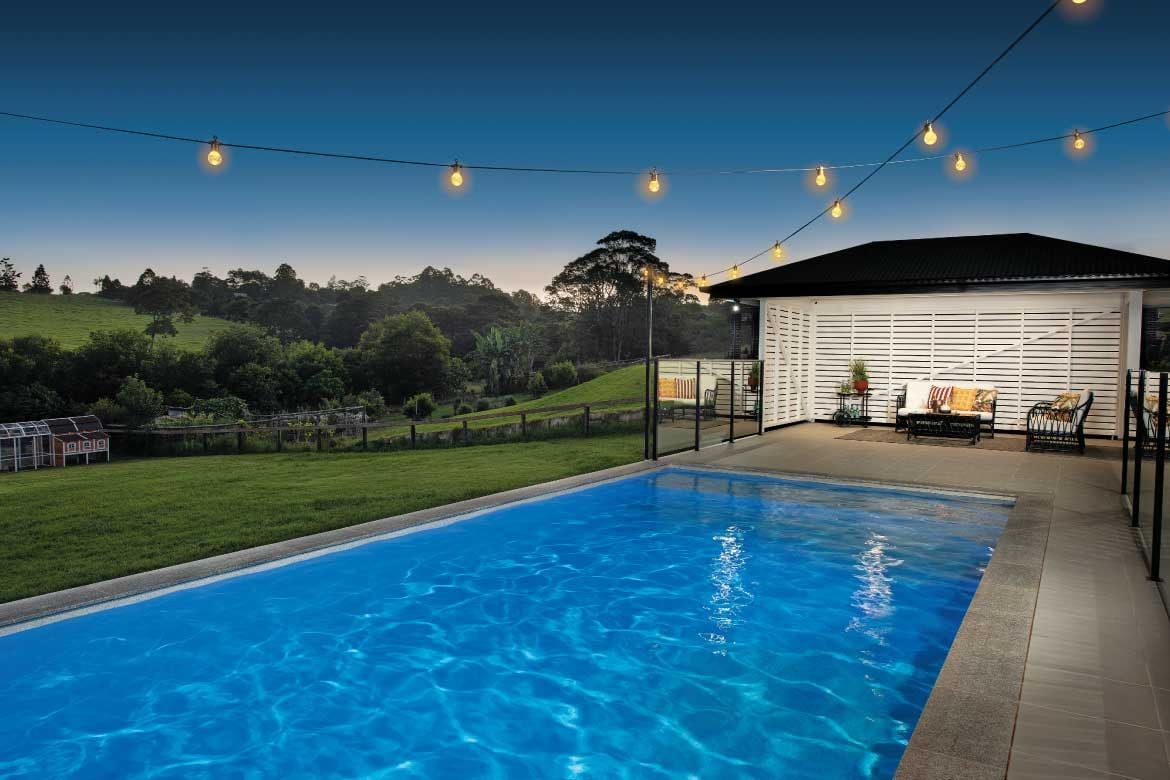
Endeavour Foundation’s 70th Anniversary Prize Home comes complete with a spectacular chicken coop.
Win Your Own Chicken Mansion and A Home To Match
To help you on your sustainable journey, Endeavour Foundation’s Anniversary Prize home comes with a spectacular chicken coop any hen would be proud to call home. To inspect the coop, walk the property and explore this amazing home, head to Maleny for a daytrip and follow the directions.
But before you count your chickens, secure your tickets in our 70th Anniversary Prize Home draw.

We would love to hear from you
How was your experience? Let us know what you think!
1800 63 40 40
Endeavour Foundation Lotteries operates in AEST. All times are displayed in your device's local time zone, unless stated otherwise.


